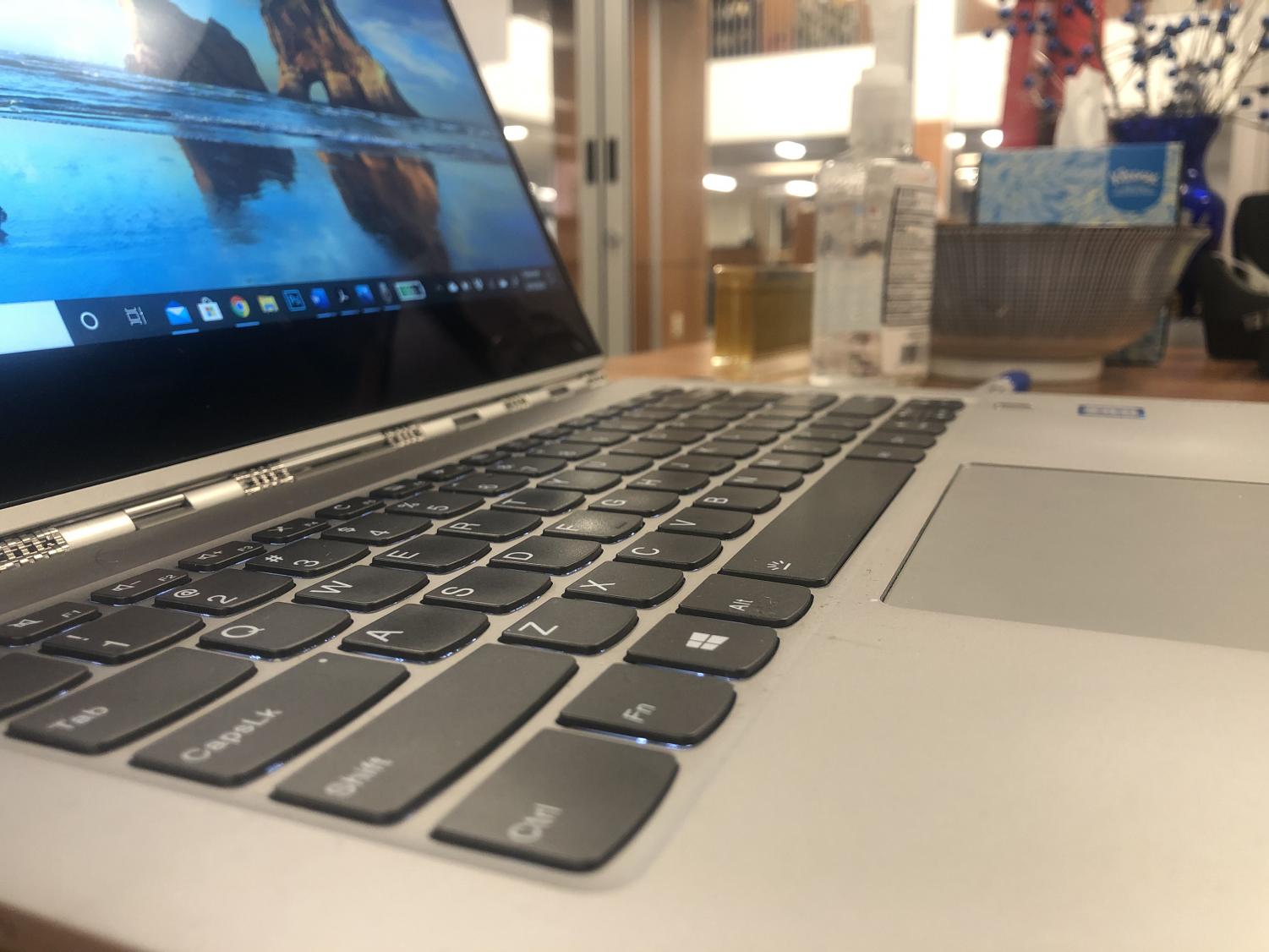Professors Prepare for Online Learning
August 19, 2020
The COVID-19 pandemic continues and it’s up to individual professors to decide how they want to deliver their course material for the Fall 2020 semester. For many, it has been a difficult choice.
Some instructors have decided to teach exclusively online, while others are preparing for the heightened safety measures required of hybrid or face-to-face classes. Professors are trying to develop teaching methods that will work for everyone without sacrificing the quality of in-person instruction.
“We need to realize that education may never look the way it did before the pandemic,” Dr. Carmella Braniger, an English professor, said. “This means we need to start accepting the reality of online/hybrid courses, and we need to adjust our expectations for what learning really does look like now in the 20th year of the 21st century.”
For Braniger, learning in 2020 looks virtual. She made the decision to teach her classes exclusively online after surveying her students. In their responses, the majority of her students said they prefer face-to-face instruction over remote learning, but they also had concerns. Some students indicated that they would be less willing to take safety measures, and others expressed anxiety about possibly infecting their classmates.
While Braniger values face-to-face instruction, she believes that teaching her classes online will eliminate the safety concerns. She feels that this will also accommodate students who might be dealing with COVID-related challenges.
“My final decision to move online has 100 percent to do with safety,” Braniger said. “But my decision is also pedagogically sound. By having synchronous Zoom sessions for all my classes, I will save precious instruction time that might otherwise be spent enforcing safety rules or repeating information missed by speaking through masks. By going online, I accommodate all kinds of students: those who may become ill, those who don’t want to wear masks or clean desks, those who are at risk, those who need extra time on task, etc.”
But for other professors, the ideal delivery method is not so clear. Corey Seapy, Millikin’s Director of Bands, feels that some of his classes are nearly impossible to teach online. He points to last semester’s Wind Ensemble season as an example; because of the difficulty of performing ensemble music remotely, the season was cut short. With this in mind, Seapy plans to deliver in-person instruction for his Wind Ensemble and Conducting courses.
“Unfortunately, musical simultaneity involving more than two people is still impossible over the internet,” Seapy said. “Because of this, there is no remote scenario that even comes close to approximating the skills we develop in those two courses. If I felt like there was any way to provide my students with a meaningful ensemble or conducting education online then my approach to these courses would be very different this semester.”
To accommodate students and comply with safety measures, Seapy has developed an extensive plan for his in-person classes that includes wearing masks, splitting into smaller groups, and shortening rehearsals.
“My absolute number one priority is the health and safety of the incredible student musicians I get to work with,” Seapy said.
Even though Seapy will offer face-to-face instruction for some of his courses, he believes that students shouldn’t feel obligated to attend in-person classes if they aren’t comfortable doing so. He has plans for students who have opted to take his classes remotely.
Other professors are taking a hybrid approach to their courses.
Paris Barnes, a Chemistry professor, will break up his classes into smaller groups and utilize both online methods and face-to-face instruction. He will offer some in-person office hours, and he is planning one day a week where small groups of students can meet in the classroom to discuss the lecture. But he will also upload lectures to YouTube and engage with students over Zoom and other online platforms.
“I came to my decisions through consulting with colleagues at Millikin and at other universities,” Barnes said. “Although the best educational opportunities come from in-person synchronous teaching that includes active learning, I knew that would be a near-impossible task this fall.”
Like Seapy, some of Barnes’s classes are difficult to teach remotely. Last spring, he found that labs were nearly impossible to approximate online, so he plans for students to meet face-to-face in groups this fall. Barnes believes that hands-on experience is important in a lab setting, but he will also provide an option for students who can’t attend in-person instruction.
As the semester begins, Barnes encourages students to reach out to him about any concerns or challenges they face as a student during the pandemic. Braniger emphasizes the importance of self-care and compassion this semester, and she urges students to heed the safety measures that are in place. Students are also expected to support one another, albeit from a safe distance.
Despite these unique challenges, Seapy has confidence in the Millikin community as we adjust to learning differently this semester.
“This pandemic continues to be so difficult for so many people in so many different ways,” Seapy said. “As we look toward a new year at Millikin, all of us should continually ask ourselves how we can safely and creatively support one another as we work together toward our goals. In some cases, these goals, expectations, and timelines will have to be modified, but this is ‘performance learning’ in and of itself – life can be unpredictable even under ‘normal’ circumstances! … If everyone in our community is on board, I think we’ll give ourselves the best chance we have at getting through whatever comes our way these next few months.”
Classes start on August 24th.
